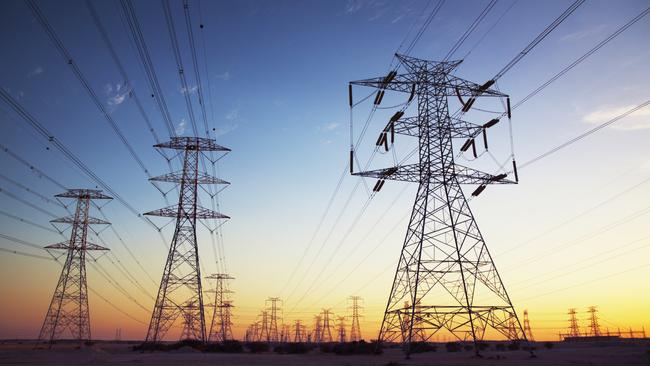Our insane electricity future leaves users off the grid
As generators exit, not only business is being hit but it’s likely to be the lights in your house or the heating being turned off.

This month the lights went off – figuratively speaking – at an aluminium smelter.
Next year or the year after or later through the 2020s, it’s likely to be the lights in your house or apartment – and the air-conditioning or the heating – being turned off, and turned off not figuratively, but actually.
The Tomago smelter in NSW – which with the Portland smelter in Victoria, are Australia’s two biggest electricity users – shut down three times last week when the power price surged to over $7000 a megawatt hour on a number of occasions.
The power price is ‘normally’ between $50 and $100 a MWh. That’s the wholesale price, not the price directly to you at the retail level.
Both Tomago and Portland are contractually bound to close down if it’s needed for the security of the grid and to avoid blackouts.
But this was not the specific trigger last week and only Tomago closed; Portland kept operating as normal.
Indeed, that was explicitly stated by the Tomago chief executive Matt Howell. “This isn’t an issue with our contract … it’s about constantly having to power down because we can’t afford the price,” he told the Herald Sun.
Howell said the sudden power price hike to $14,500 a MWh (the maximum allowed in the national grid) was the equivalent of petrol prices going up to $400 a litre.
How’d you like to be putting that in your tank?
This was actually and entirely predictably seized on by the far left media such as the Guardian not as an indicator that we have a problem and that problem is irresistibly only going to get worse, but the very opposite.
The Guardian projected this as ‘proof’ that the system was working; that an existing gas-fired generator stayed idle and there’d been enough electricity to meet all demand on the grid.
That claim doesn’t pass either the smell or the basic logic test. Prices don’t spike to $14,500 a MWh if there’s plenty of supply; and there was ‘plenty of supply’ only after the biggest user in the grid shut down.

In any event, this is a crazy way to run an electricity grid, with prices able to rocket that high literally in minutes and the grid then clearly teetering on the edge of shutting down either partially (brownouts) or completely (blackouts).
The flexible price is designed precisely to operate like a ‘safety valve’ – to get precisely the reaction it got from Tomago, so demand falls substantially and quickly, and comes back to the available supply.
But you keep doing that to Tomago – and Portland – and they will rapidly become hopelessly uneconomic. They won’t shut down temporarily but permanently.
Sure, that will remove big chunks of demand, leaving more available power for the rest of us – consumers and business. Until the next coal-fired power station closes down; and the next one after that.
When the smelters go – as they will, in the insane ‘energy’ future we have had forced on us – not only will it remove the sort of customer every business dreams of having: one that takes a lot of what you produce, reliably 24/7 365 days a year, and thus making supply secure for ever other customer, but precisely the ‘big battery’ that they operate as now.
In this future when the smelters have closed, you – and every other retail customer – become collectively one of the new ‘big batteries’ we need when “the wind don’t blow and the sun don’t shine”.

We keep getting these ‘assuring’ words of how our all (so-called) renewables future, that we are suicidally heading for, will ‘work’.
Indeed, there was the Guardian at it again this week, and I quote: a “solar and wind-dominated system will need “dispatchable” back-up from sources that can be called on when required. They could include batteries, pumped hydro, demand management and gas”.
Ah, that “demand management”: what exactly is that?
Bluntly, turning off your electricity – in a ‘nice’ future by paying you to turn it off; in a ‘not-so-nice’ future by turning it off for you, whether you like it or not, whether you are prepared for it or not – just don’t keep too much in your fridge – with the help of those so-called ‘smart meters’.
Furthermore, there’ll be a lot more of the “demand management” because the left is violently opposed to the very gas-fired power stations that are supposed to be part of that future.
They don’t only want the new one proposed for the Hunter Valley by the Federal Government not built – and, I suggest, they’ll succeed in stopping it – but they want all the existing ones closed as well.
That includes the very gas generator, they are presenting as ‘proof’ that there’s enough power supply in the grid! Talk about chutzpah; or just plain dishonesty.
And remember, all this is already happening when we still have coal fired stations supplying most of our power.

